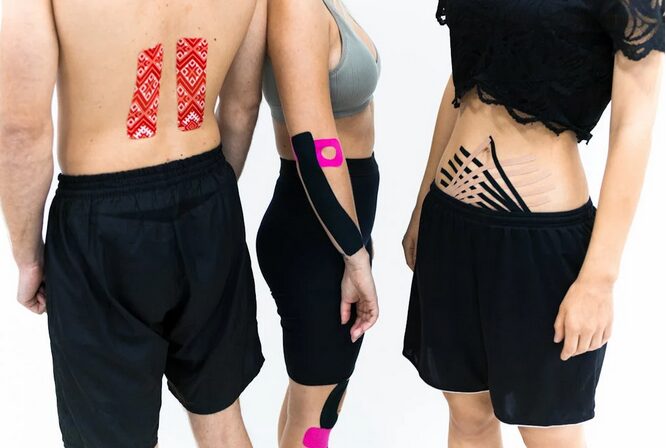When it comes to dressing for comfort and functionality, individuals with chronic conditions often face unique challenges. Whether it’s mobility issues, skin sensitivity, or the need for easy dressing, the right clothing can make a significant difference in daily life. Adaptive clothing is designed to meet these needs, offering features that enhance comfort, accessibility, and style. However, with so many options available, selecting the right adaptive wear can be overwhelming. In this guide, we’ll explore essential tips to help you choose the best adaptive clothing tailored to various chronic conditions, ensuring you or your loved ones will enjoy both independence and comfort in everyday life.
Consider Fabric Choices
One important aspect of adaptive clothing is the fabric. Individuals with chronic conditions often experience skin sensitivity or irritation. Opt for breathable, soft materials such as cotton, modal or bamboo that allow for airflow and reduce the risk of skin irritation. Additionally, moisture-wicking fabrics can help manage sweat and keep the wearer comfortable throughout the day. Always check the fabric content before purchasing to ensure it aligns with any specific needs.
Focus on Ease of Dressing

For many individuals with mobility issues or dexterity challenges, dressing can be a frustrating experience. Look for clothing with features that make dressing easier, such as wide openings, Velcro or magnetic closures, and elastic waistbands. These elements can help reduce the struggle of putting on or taking off clothing. Adaptive clothing for people with chronic illness often includes these practical features, so be sure to explore options that cater to ease of wear.
Prioritize Comfort and Fit
Comfort is paramount when choosing clothing for those with chronic conditions. It’s essential to consider the fit of the garment; avoid tight or restrictive clothing that may cause discomfort. Instead, opt for relaxed fits and adjustable designs that allow for movement and accommodate any swelling or changes in body shape. Look for garments that feature extra stretch or adjustable elements to ensure a comfortable fit throughout the day.
Pay Attention to Specific Needs

Different chronic conditions may have specific clothing requirements. For instance, people with arthritis can gain from clothing with easy closures, while those with incontinence might require garments with discreet access points. Take the time to assess any specific needs related to the chronic condition in question and seek out adaptive clothing designed to address those challenges. This personalized approach can significantly enhance comfort and usability.
Choose Versatile Styles
Adaptive clothing doesn’t need to sacrifice style for functionality. Look for versatile clothes that can be mixed and matched for various occasions. This allows the wearer to express their personal style while enjoying the practical benefits of adaptive features. Items like stylish tunics, comfortable pants with elastic waists, and fashionable outerwear can provide both comfort and a sense of fashion, making it easier for patients to feel confident in their clothing choices.
Choosing the right adaptive clothing for individuals with chronic conditions is essential for promoting comfort, independence, and confidence. By considering fabric choices, ease of dressing, comfort and fit, versatile styles, and specific needs, you can make informed decisions that improve the daily lives of those affected by chronic illness. The right clothing can empower individuals, allowing them to navigate their day-to-day activities with greater ease and dignity. With a little research and attention to detail, finding adaptive clothing that meets both functional and style requirements is entirely achievable.


